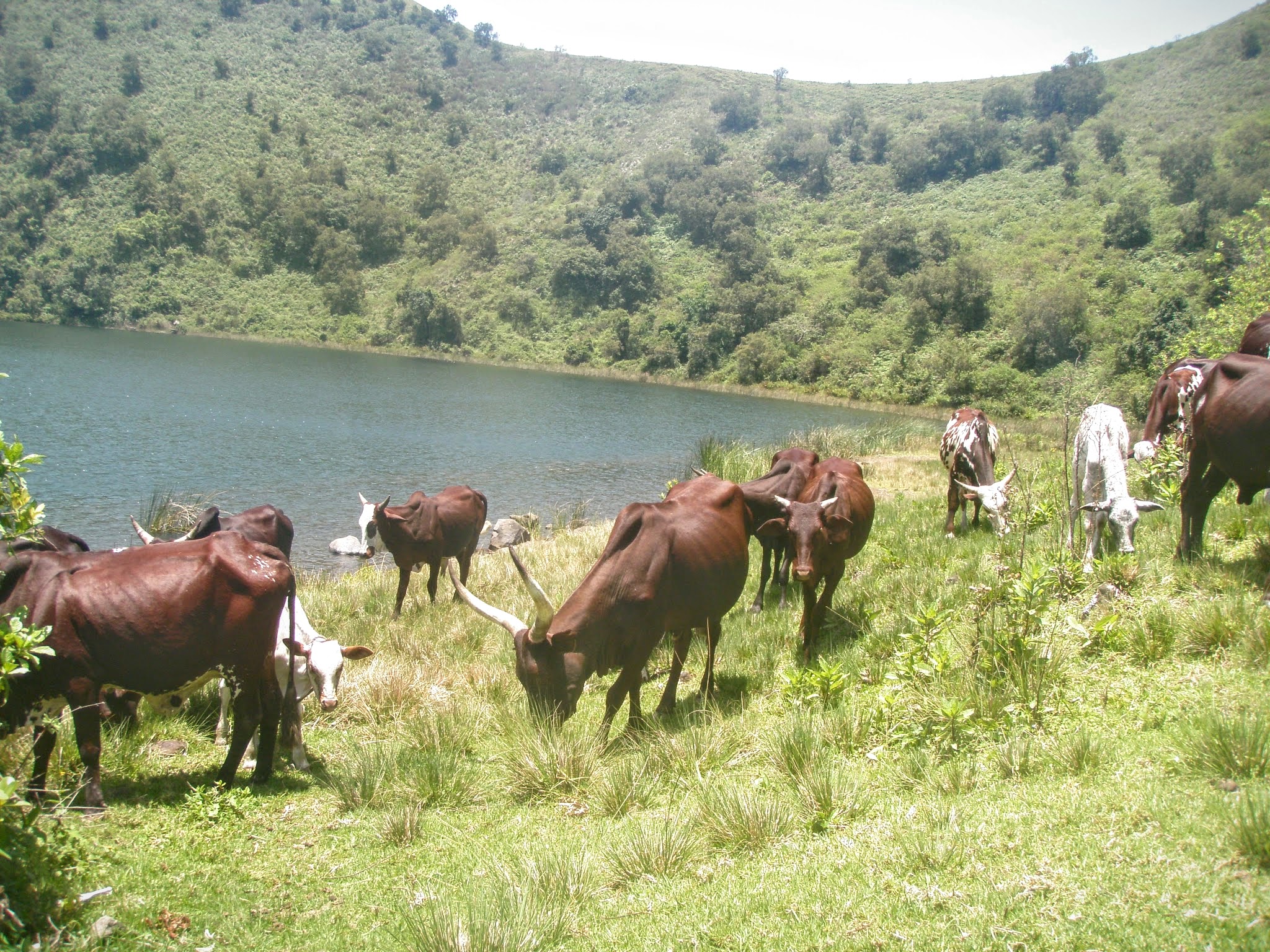|
Muanenguba Lakes
Muanenguba lakes are a pair of caldera lakes on Mount Manengouba found in Bangem subdivision in the Kupe-muanenguba Division of the Southwest region of Cameroon. sorrounded by a park of vegetation, it is found bounded by the neighboring Littoral region in Cameroon Cameroon (; french: Cameroun, ff, Kamerun), officially the Republic of Cameroon (french: République du Cameroun, links=no), is a country in west-central Africa. It is bordered by Nigeria to the west and north; Chad to the northeast; the C .... They sit at an elevation of . References External linksFishing for Signs of Evolution in Mysterious Volcanic Lakes, National Geographic Lakes of Cameroon Southwest Region (Cameroon) Littoral Region (Cameroon) {{Cameroon-geo-stub ... [...More Info...] [...Related Items...] OR: [Wikipedia] [Google] [Baidu] |
Caldera Lake
A volcanic crater lake is a lake in a crater that was formed by explosive activity or a collapse during a volcanic eruption. Formation Lakes in calderas fill large craters formed by the collapse of a volcano during an eruption. Lakes in maars fill medium-sized craters where an eruption deposited debris around a vent. Crater lakes form as the created depression, within the crater rim, is filled by water. The water may come from precipitation, groundwater circulation (often hydrothermal fluids in the case of volcanic craters) or melted ice. Its level rises until an equilibrium is reached between the rates of incoming and outgoing water. Sources of water loss singly or together may include evaporation, subsurface seepage, and, in places, surface leakage or overflow when the lake level reaches the lowest point on its rim. At such a saddle location, the upper portion of the lake is contained only by its adjacent natural volcanic dam; continued leakage through or surface outflow acr ... [...More Info...] [...Related Items...] OR: [Wikipedia] [Google] [Baidu] |
Mount Manengouba
Mount Muanenguba (also spelled Manenguba or Mwanenguba) is a volcano in the Southwest Province of Cameroon. The Manenguba shrew and endemic vegetal species are native to the mountain. The area is featured in the documentary ''The Mists of Mwanenguba'' with botanist Martin Cheek Martin Roy Cheek (born 1960) is a botanist and taxonomist at the Royal Botanic Gardens, Kew. File:Mont-Manengouba 03.jpg File:Mont-Manengouba 15.jpg File:Mont-Manengouba 10.jpg File:Mont-Manengouba 13.jpg File:Mont-Manengouba 11.jpg File:Mont Manengouba - Nkongsamba.jpg, Mount Manengouba from Nkongsamba References External links [...More Info...] [...Related Items...] OR: [Wikipedia] [Google] [Baidu] |
Southwest Region (Cameroon)
The Southwest Region or South-West Region () is a region in Cameroon. Its capital is Buea. , its population was 1,553,320. Along with the Northwest Region, it is one of the two Anglophone (English-speaking) regions of Cameroon. Various Ambazonian nationalist and separatist factions regard the ''Sud-Ouest'' region as being distinct as a polity from Cameroon. Administration The region is divided into six divisions or departments: Fako, Koupé-Manengouba, Lebialem, Manyu, Meme, and Ndian. These are in turn broken down into subdivisions. Presidentially appointed senior divisional officers () and subdivisional officers () govern each respectively. Ambazonian separatism Separatists from the Ambazonia administration regard both the Nord-Ouest (Northwest) and Sud-Ouest (Southwest) regions as being constituent components of their envisaged breakaway state. Geography The region was notable for having the first English-speaking university in Cameroon (the University of Buea). Towns i ... [...More Info...] [...Related Items...] OR: [Wikipedia] [Google] [Baidu] |
Littoral Region (Cameroon)
The Littoral Region (french: Région du Littoral) is a region of Cameroon. Its capital is Douala. , its population was 3,174,437. Its name is due to the region being largely , and associated with the sea coast. The is in the region. 2008 presidential decree abolishes provinces The President of the Republic of Cameroon, , signed decrees in 2008 abolishing "Provinces" and replacing them ...[...More Info...] [...Related Items...] OR: [Wikipedia] [Google] [Baidu] |
Cameroon
Cameroon (; french: Cameroun, ff, Kamerun), officially the Republic of Cameroon (french: République du Cameroun, links=no), is a country in west-central Africa. It is bordered by Nigeria to the west and north; Chad to the northeast; the Central African Republic to the east; and Equatorial Guinea, Gabon and the Republic of the Congo to the south. Its coastline lies on the Bight of Biafra, part of the Gulf of Guinea and the Atlantic Ocean. Due to its strategic position at the crossroads between West Africa and Central Africa, it has been categorized as being in both camps. Its nearly 27 million people speak 250 native languages. Early inhabitants of the territory included the Sao civilisation around Lake Chad, and the Baka hunter-gatherers in the southeastern rainforest. Portuguese explorers reached the coast in the 15th century and named the area ''Rio dos Camarões'' (''Shrimp River''), which became ''Cameroon'' in English. Fulani soldiers founded the Adamawa Emirate ... [...More Info...] [...Related Items...] OR: [Wikipedia] [Google] [Baidu] |
Lakes Of Cameroon
A lake is an area filled with water, localized in a basin, surrounded by land, and distinct from any river or other outlet that serves to feed or drain the lake. Lakes lie on land and are not part of the ocean, although, like the much larger oceans, they do form part of the Earth's water cycle. Lakes are distinct from lagoons, which are generally coastal parts of the ocean. Lakes are typically larger and deeper than ponds, which also lie on land, though there are no official or scientific definitions. Lakes can be contrasted with rivers or streams, which usually flow in a channel on land. Most lakes are fed and drained by rivers and streams. Natural lakes are generally found in mountainous areas, rift zones, and areas with ongoing glaciation. Other lakes are found in endorheic basins or along the courses of mature rivers, where a river channel has widened into a basin. Some parts of the world have many lakes formed by the chaotic drainage patterns left over from the last ice ... [...More Info...] [...Related Items...] OR: [Wikipedia] [Google] [Baidu] |



